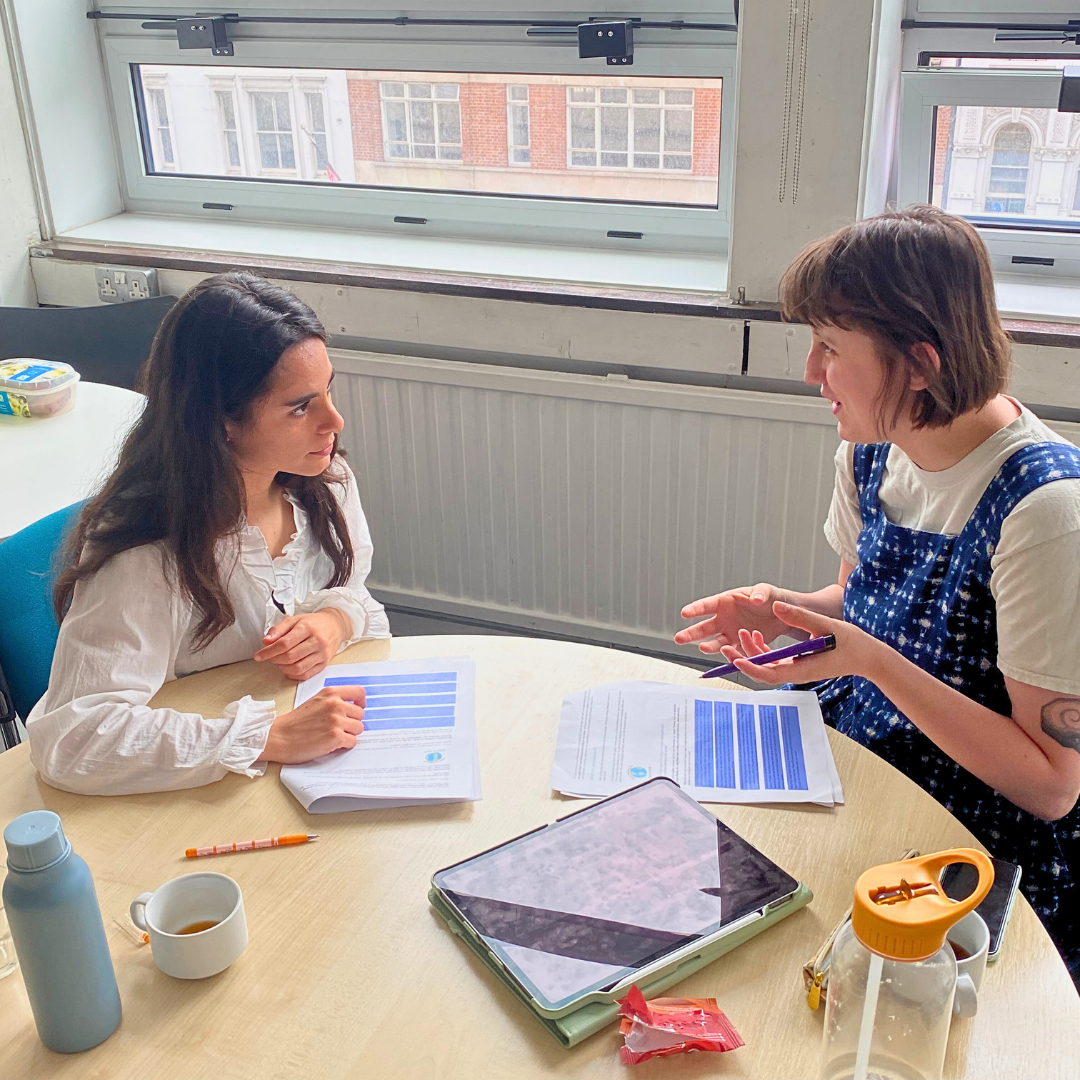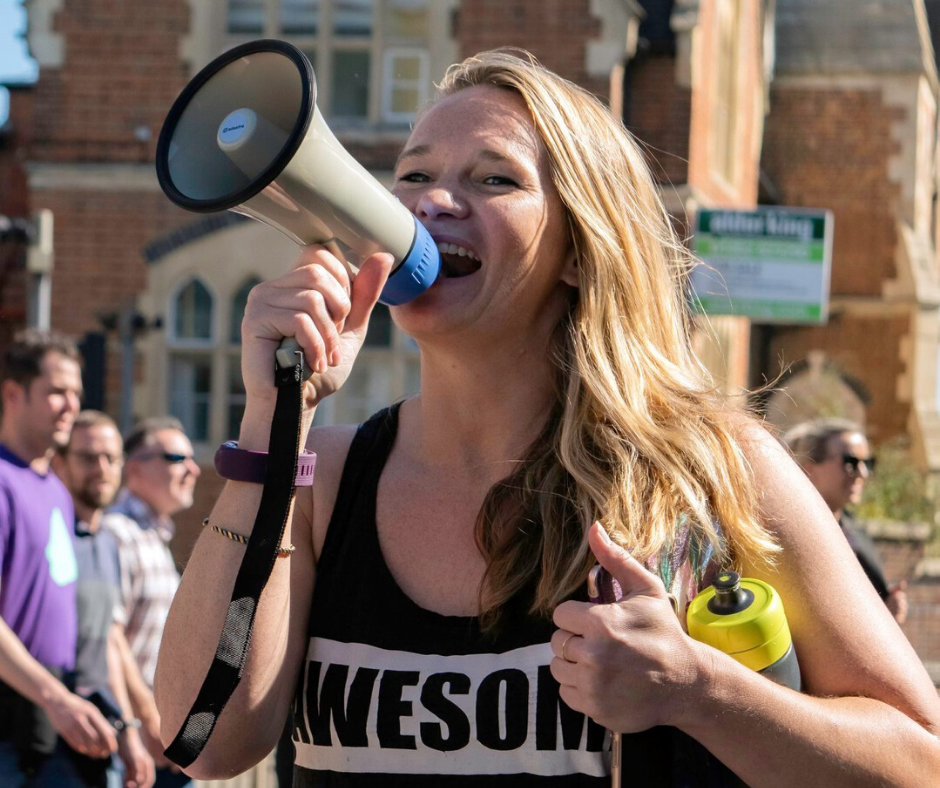Take action
Get started
Using this tool we’ve put together; we would love for you to be able to come away from this and create positive change at your own university. This kit is the result of road-testing principles and taking on board student feedback to find out what the core things to include are, and how to get the message across best. That said, the hardest part can be finding out where to begin, what questions to ask, and what can make the most impact. We’ve put together our top actions to step you through how to influence your course – whether it’s helping them make their first steps to a bronze medal, or zooming from bronze to gold!

Step 1 – become aware
1. Get to grips with quality EfS – work through our website, watch all our quick films and familiarise yourself with our quality principles
2. Find out what methods (if any!) your university has in place at the moment to measure the quality of sustainability learning it offers
3. Find out if your university has a sustainability strategy and if there are any goals and targets around sustainability learning
Step 2 – rate your course
1. Use the materials in the ‘rate your course’ section of this website to find out how your course is doing at the moment.
2. Reflect on these questions:
- How does my course see sustainability learning, and is it being woven into the specialism or being treated as an ‘add on’ special topic?
- Are the sustainability thinking skills being integrated into my experience to ensure I have the best possible skills to make a difference?
- Do any aspects of my course come across as curriculum greenwash? What needs to change for the course to live up to its claims?
- What examples of good sustainability learning have I identified and where are there opportunities to build on those?


Step 3 – team up
1. Gather student allies at your uni who care about good sustainability education (you can talk with the sustainability student society, or with students who have an interest in driving positive change)
2. Find potential allies among university staff and management who seem interested in Sustainability/EfS. They can be key internal intermediaries/advocates for your requests (e.g.: find out sustainability teams and who is responsible for teaching standards and student feedback, as you could talk to them about EfS in courses)
Step 4 – take action
1. Make the case for change loud – demonstrate that it’s not just 1 student that wants to see quality sustainability learning. You could:
- run a petition or campaign on campus
- do a survey asking students if they would expect sustainable development to be actively incorporated into all courses (SOS UK do one of these annually so you might be able to get a copy of these results)
- leverage feedback forms in your course as a way to share the necessity of well-embedded sustainability learning or to praise strong examples that offer it.
2. Identify the decision makers on your course (course leaders/senior academics etc.) Organise a meeting organise a meeting with your lecturers and talk with them about the changes you would like to see. This will depend on the existing quality of EfS in your uni, as systems may already be in place, or they may be completely unfamiliar with EfS as a concept.
3. Call out greenwash – ask for clarity if you are confused by vague responses.
